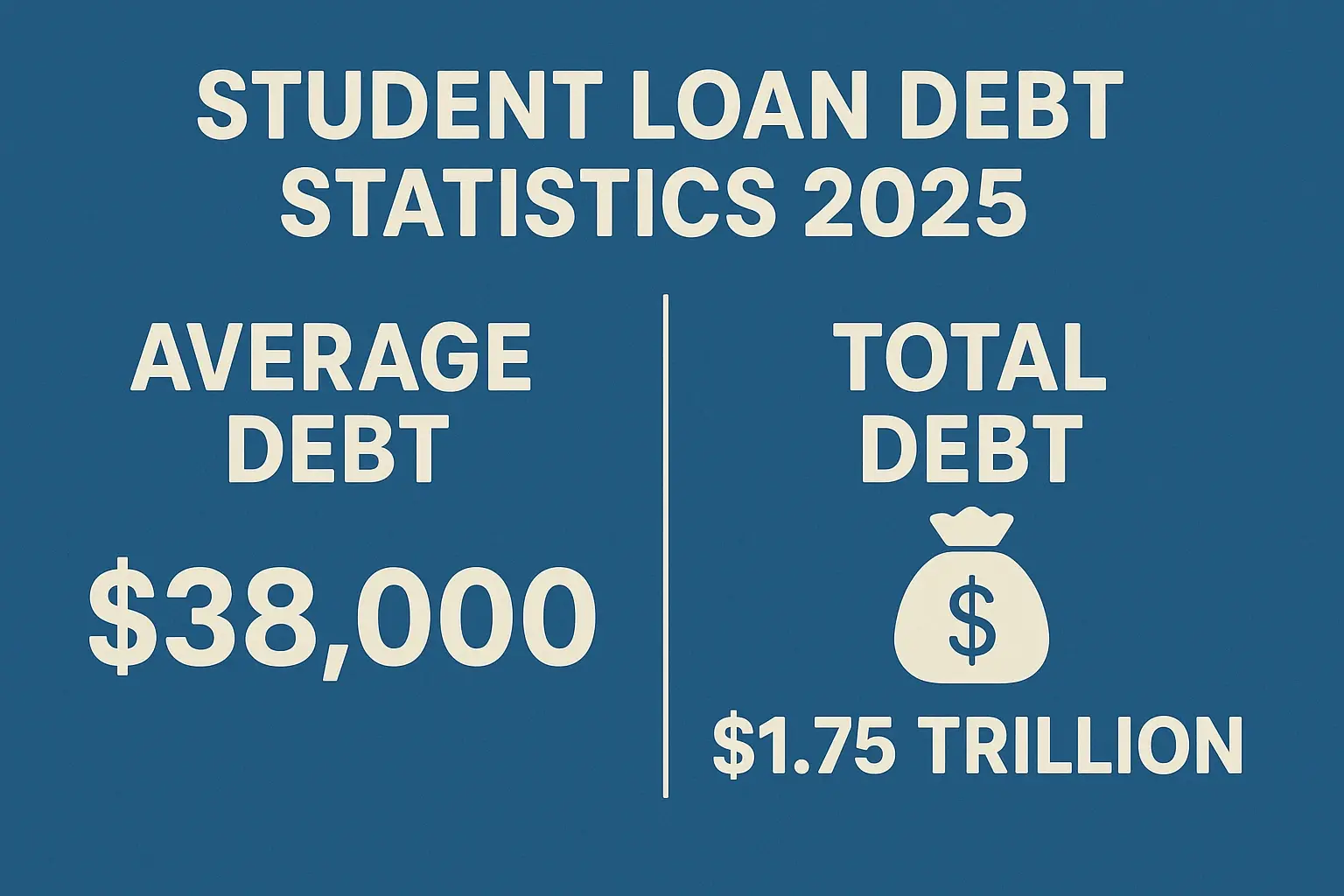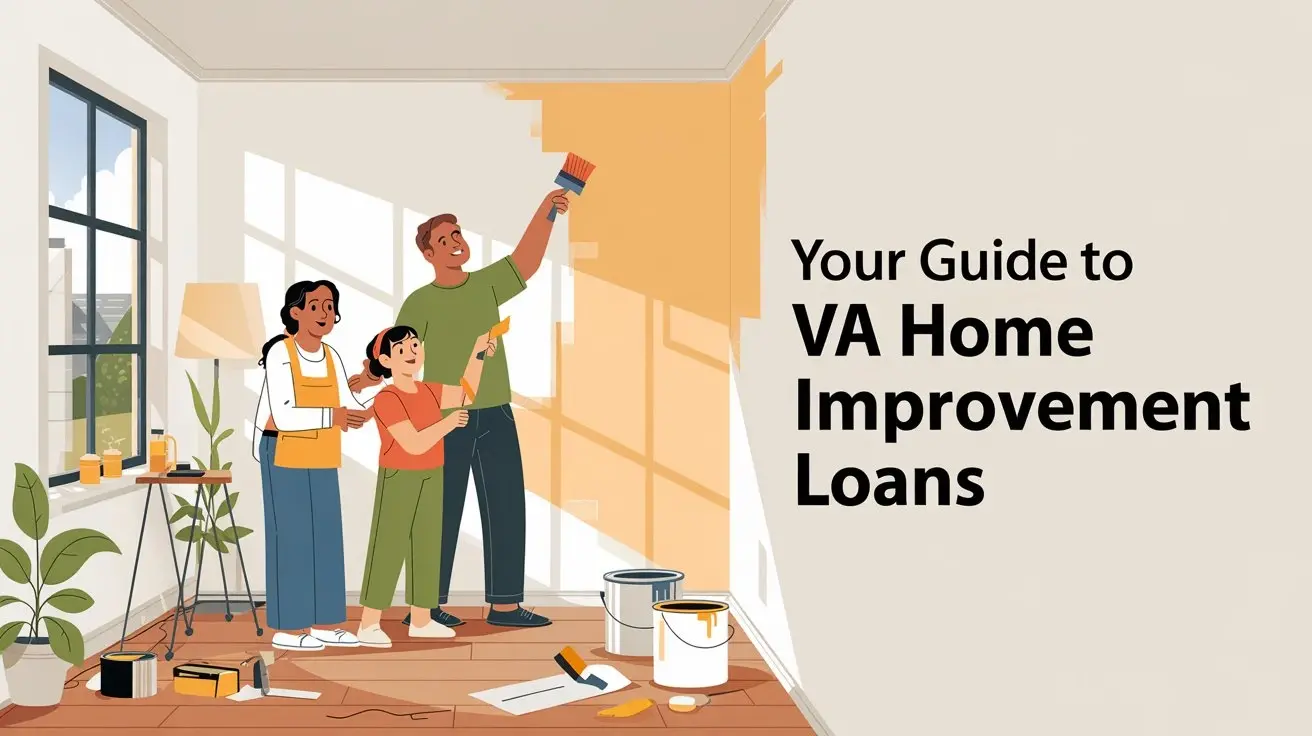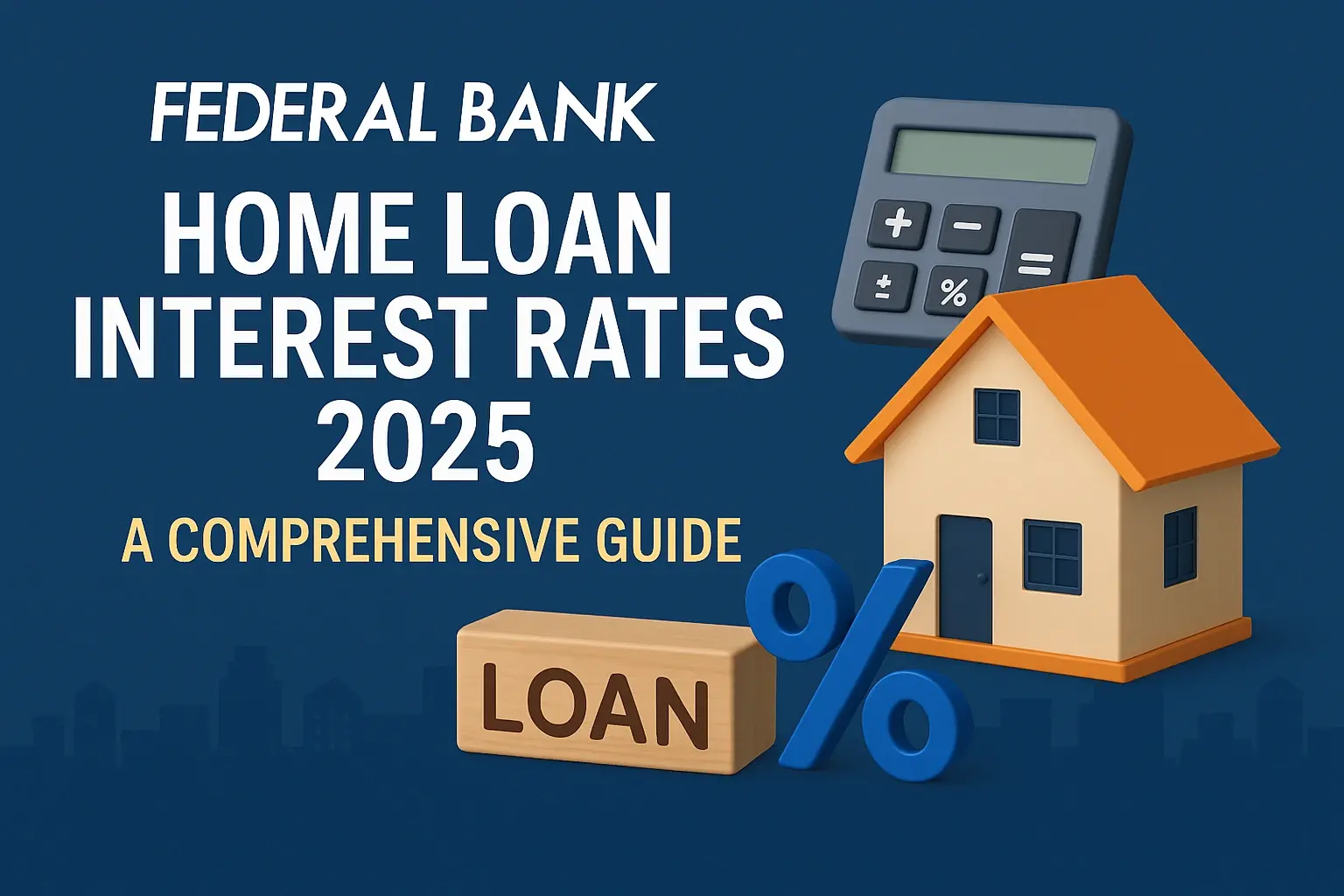The dream of owning a home is a cornerstone of the American experience. However, with rising home prices and fluctuating economic conditions, the question of affordability is more critical than ever. Many aspiring homeowners wonder: "Can I realistically afford a $250,000 house on a $50,000 salary?" The answer, as with most financial questions, is nuanced and depends on a multitude of factors. This comprehensive guide will delve into the key considerations, helping you assess your personal situation and make an informed decision.
Understanding the Basics: Income vs. Housing Costs
At first glance, a $250,000 house might seem out of reach on a $50,000 salary. However, lenders look beyond your gross income. They focus on your debt-to-income ratio (DTI), credit score, down payment, and other financial obligations. While a $50,000 salary presents challenges, it's not necessarily a definitive "no." Let's break down the key components:
Debt-to-Income Ratio (DTI)
DTI is the percentage of your gross monthly income that goes towards paying off your monthly debts. Lenders typically prefer a DTI of 43% or less, but some may go higher depending on other factors. To calculate your DTI, add up all your monthly debt payments (including student loans, car loans, credit card debts, and the prospective mortgage payment) and divide it by your gross monthly income. For someone earning $50,000 annually, the gross monthly income is approximately $4,166.67.
For example, if your total monthly debt payments (excluding the mortgage) are $500, and you aim for a maximum DTI of 43%, you can calculate the maximum allowable mortgage payment as follows:
Total allowable debt payment = 0.43 * $4,166.67 = $1,791.67 Maximum allowable mortgage payment = $1,791.67 - $500 = $1,291.67
This $1,291.67 figure represents the maximum you can comfortably (and ideally, be approved for) pay each month on your mortgage, including principal, interest, property taxes, and homeowners insurance.
Credit Score
Your credit score is a critical factor in determining your mortgage interest rate. A higher credit score translates to a lower interest rate, saving you potentially thousands of dollars over the life of the loan. Aim for a credit score of 700 or higher for the best rates. Check your credit report regularly and take steps to improve it if needed, such as paying down debts and correcting any errors.
Down Payment
The larger your down payment, the lower your loan amount and the more equity you have in your home from the start. A larger down payment can also help you avoid Private Mortgage Insurance (PMI) if you put down at least 20% of the purchase price. PMI protects the lender in case you default on the loan and adds an extra monthly expense. While 20% is ideal, some loan programs allow for down payments as low as 3% or even 0% (for VA loans, for example).
Analyzing the Costs of a $250k House
Beyond the purchase price, consider the ongoing costs associated with homeownership:
Mortgage Payments (Principal and Interest)
The principal and interest portion of your mortgage payment depends on the loan amount, interest rate, and loan term. Use online mortgage calculators to estimate your monthly payment based on different scenarios. Remember that interest rates can fluctuate, so factor in potential rate increases when assessing affordability.
Property Taxes
Property taxes vary significantly depending on location. Research the property tax rates in the areas you are considering and factor this expense into your budget. Contact the local tax assessor's office or search online for property tax information.
Homeowners Insurance
Homeowners insurance protects your home against damage from fire, wind, and other covered perils. Get quotes from multiple insurance companies to find the best rate. The cost of homeowners insurance depends on factors such as the location, size, and value of your home.
Private Mortgage Insurance (PMI)
As mentioned earlier, PMI is typically required if you put down less than 20% of the purchase price. PMI protects the lender if you default on the loan. The cost of PMI depends on your credit score and the loan-to-value ratio (LTV). Once you reach 20% equity in your home, you can usually request to have PMI removed.
Home Maintenance and Repairs
Owning a home comes with the responsibility of maintaining it. Budget for regular maintenance and repairs, such as lawn care, plumbing repairs, and appliance replacements. A good rule of thumb is to budget 1% to 3% of the home's value annually for maintenance.
Utilities
Factor in the cost of utilities, such as electricity, gas, water, and sewer. These costs can vary depending on the size of your home and your usage habits. Ask the seller for historical utility bills to get an idea of the average monthly costs.
Homeowners Association (HOA) Fees
If the property is located in a community with a homeowners association, you'll need to pay HOA fees. These fees cover the cost of maintaining common areas, such as landscaping, pools, and clubhouses. HOA fees can vary widely depending on the community.
Strategies to Improve Affordability
If you're struggling to afford a $250,000 house on a $50,000 salary, consider these strategies:
Increase Your Down Payment
Saving a larger down payment will reduce your loan amount and monthly payments. Consider cutting expenses, working a second job, or seeking financial assistance from family or friends.
Improve Your Credit Score
A higher credit score will qualify you for a lower interest rate, saving you money over the life of the loan. Pay down debts, correct any errors on your credit report, and avoid opening new credit accounts.
Reduce Your Debt
Paying off existing debts will lower your DTI and make you a more attractive borrower. Focus on paying off high-interest debts first, such as credit card balances.
Explore Different Loan Programs
Various loan programs cater to first-time homebuyers and borrowers with lower incomes. Consider FHA loans, VA loans, and USDA loans, which often have lower down payment requirements and more flexible credit score requirements.
FHA Loans
FHA loans are insured by the Federal Housing Administration (FHA) and are popular among first-time homebuyers due to their lower down payment requirements and more lenient credit score requirements. FHA loans typically require a down payment of 3.5% and have a minimum credit score requirement of 500. However, keep in mind that FHA loans require both upfront and annual mortgage insurance premiums, which can increase your monthly payments.
VA Loans
VA loans are guaranteed by the Department of Veterans Affairs (VA) and are available to eligible veterans, active-duty military personnel, and surviving spouses. VA loans often have no down payment requirement and do not require PMI. VA loans also offer competitive interest rates.
USDA Loans
USDA loans are offered by the U.S. Department of Agriculture (USDA) and are available to eligible homebuyers in rural and suburban areas. USDA loans are designed to help low- and moderate-income families purchase homes in designated rural areas. USDA loans often have no down payment requirement.
Consider a Smaller or Less Expensive Home
If a $250,000 house is out of reach, consider a smaller or less expensive home in a different location. You can always upgrade to a larger home later as your income increases.
Shop Around for the Best Mortgage Rates
Don't settle for the first mortgage offer you receive. Shop around and compare rates from multiple lenders. Even a small difference in interest rate can save you thousands of dollars over the life of the loan.
Increase Your Income
Increasing your income is the most direct way to improve your affordability. Consider pursuing a higher-paying job, working a second job, or starting a side hustle.
Location, Location, Location
The location of the house significantly impacts its affordability. A $250,000 house in a rural area might be very different from a $250,000 house in a major metropolitan area. Property taxes, insurance rates, and even the cost of utilities can vary greatly depending on the location. Research thoroughly and consider areas with lower costs of living to make homeownership more attainable.
The Importance of Budgeting and Financial Planning
Before embarking on the home-buying journey, create a detailed budget and assess your financial situation. Track your income and expenses to identify areas where you can cut back. Consider consulting with a financial advisor to develop a comprehensive financial plan. A financial advisor can help you assess your affordability, create a budget, and develop strategies to improve your financial situation.
Long-Term Considerations
Buying a home is a long-term investment. Consider your long-term financial goals and how homeownership fits into your overall financial plan. Factor in potential future expenses, such as college tuition for your children or retirement savings. Make sure you can comfortably afford the monthly payments and other expenses associated with homeownership without sacrificing your other financial goals.
Conclusion
Affording a $250,000 house on a $50,000 salary is challenging, but not impossible. It requires careful planning, diligent saving, and a realistic assessment of your financial situation. By improving your credit score, increasing your down payment, reducing your debt, and exploring different loan programs, you can increase your chances of achieving your homeownership dreams. Remember to shop around for the best mortgage rates and consider consulting with a financial advisor to develop a comprehensive financial plan. With dedication and smart financial decisions, homeownership can be within your reach.





